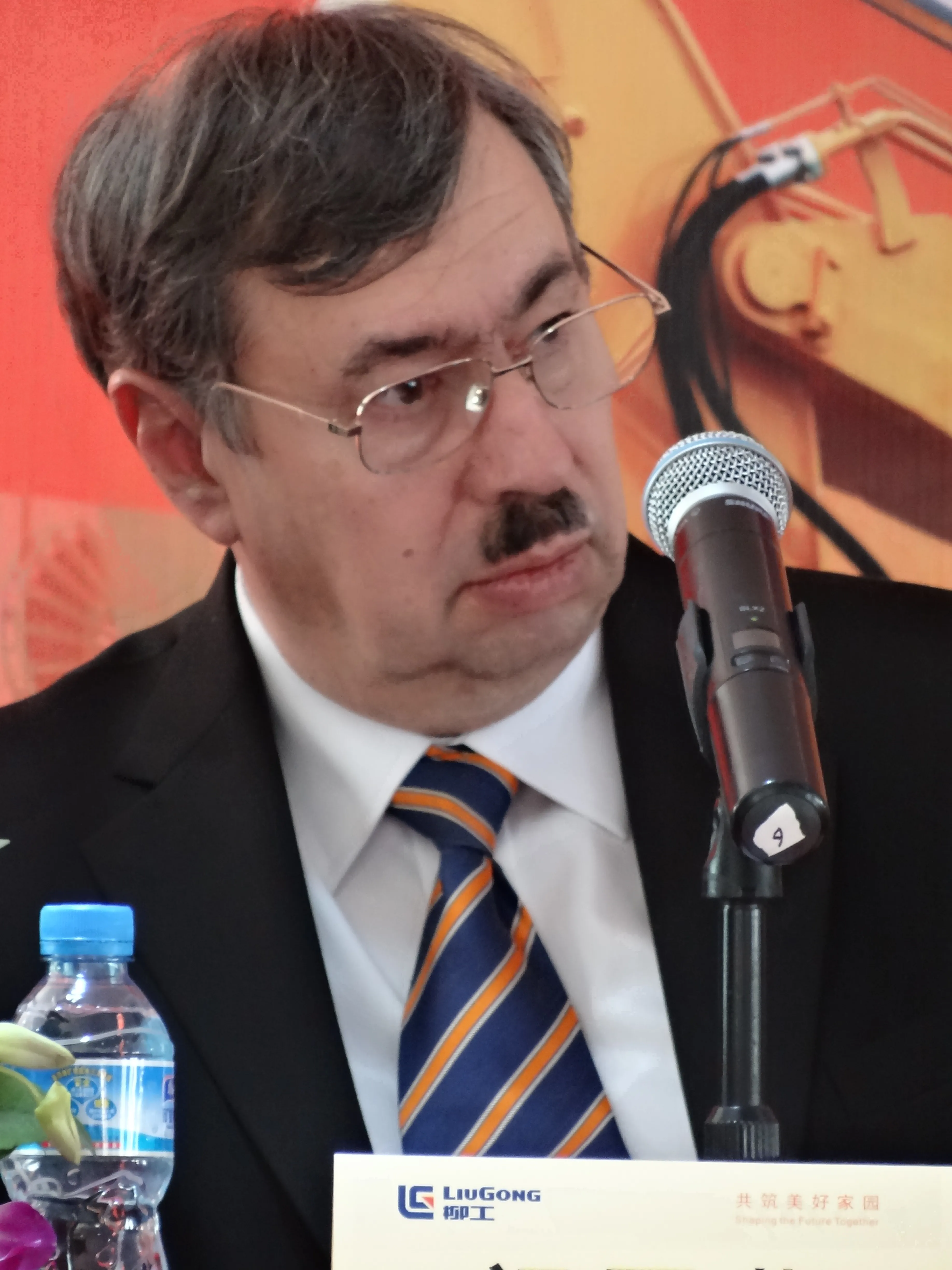Slovakia is having major success in cutting road deaths. A report from the European Transport Safety Council (ETSC) reveals that Slovakia has made the most progress in saving lives since an EU target to halve road deaths by 2020 was set four years ago. Official data shows that 26,025 people died as a result of road crashes in the EU in 2013, while 199,000 were seriously injured. There is concern that the numbers seriously injured in road crashes are not falling at same rate as deaths and there has now been
June 13, 2014
Read time: 3 mins
Slovakia is having major success in cutting road deaths. A report from the 1197 European Transport Safety Council (ETSC) reveals that Slovakia has made the most progress in saving lives since an 3287 EU target to halve road deaths by 2020 was set four years ago. Official data shows that 26,025 people died as a result of road crashes in the EU in 2013, while 199,000 were seriously injured. There is concern that the numbers seriously injured in road crashes are not falling at same rate as deaths and there has now been call for an EU target for injury reduction by 2020.
The ETSC report shows for the period 2010-2013, Slovakia made a 37% reduction in Total deaths of road users. The Slovakian government received an award in recognition of this progress at an event on Wednesday 18th June in Brussels, hosted by the ETSC. Antonio Avenoso, executive director of ETSC said, “We hope that recent events, and today’s award, will inspire new measures in Slovakia to improve road safety. We urge the government to introduce a penalty point system combined with increased enforcement of traffic laws, extend the speed camera network and require the use of alcohol interlocks for repeat drink driving offenders.”
Spain, Greece and Portugal also made progress in reducing the casualty rate, cutting road deaths by more than 30% over the same three-year period. In contrast, Finland, Serbia and Sweden only managed to reduce deaths by less than 5%, and in Estonia and Malta there were a few more deaths in 2013 than in 2010. It is worth noting however that Greece and Portugal for example previously had very high death rates, with tougher enforcement of drink-driving and speeding laws having had a dramatic effect. Finland and Sweden by contrast have amongst the safest roads in Europe already, so safety measures have not had such a dramatic effect.
The report also shows that progress on reducing the number of people seriously injured on Europe’s roads has not matched progress on cutting deaths. But EU-led efforts to harmonise the data classification and collection process across member states is opening the way to setting an EU target for cutting the numbers seriously injured. So ETSC is repeating its call for this target to be set at a cut of 35% between 2015 and 2020. That is challenging but should be achievable for EU member states, according to the ETSC. The2465 European Commission is expected to come forward with wider proposals to tackle serious injury on the road next year.
The 8th annual ETSC Road Safety Performance Index (PIN) report is based on analysis of official data overseen by a panel of 32 road safety experts from the EU28, as well as Norway, Switzerland, Serbia and Israel. For further information, and to download the report and background data tables, go to %$Linker:2 External <?xml version="1.0" encoding="utf-16"?><dictionary /> 0 0 0 oLinkExternal www.etsc.eu/pin Visit ETSC website false http://etsc.eu/projects/pin/ false false %>.
The ETSC report shows for the period 2010-2013, Slovakia made a 37% reduction in Total deaths of road users. The Slovakian government received an award in recognition of this progress at an event on Wednesday 18th June in Brussels, hosted by the ETSC. Antonio Avenoso, executive director of ETSC said, “We hope that recent events, and today’s award, will inspire new measures in Slovakia to improve road safety. We urge the government to introduce a penalty point system combined with increased enforcement of traffic laws, extend the speed camera network and require the use of alcohol interlocks for repeat drink driving offenders.”
Spain, Greece and Portugal also made progress in reducing the casualty rate, cutting road deaths by more than 30% over the same three-year period. In contrast, Finland, Serbia and Sweden only managed to reduce deaths by less than 5%, and in Estonia and Malta there were a few more deaths in 2013 than in 2010. It is worth noting however that Greece and Portugal for example previously had very high death rates, with tougher enforcement of drink-driving and speeding laws having had a dramatic effect. Finland and Sweden by contrast have amongst the safest roads in Europe already, so safety measures have not had such a dramatic effect.
The report also shows that progress on reducing the number of people seriously injured on Europe’s roads has not matched progress on cutting deaths. But EU-led efforts to harmonise the data classification and collection process across member states is opening the way to setting an EU target for cutting the numbers seriously injured. So ETSC is repeating its call for this target to be set at a cut of 35% between 2015 and 2020. That is challenging but should be achievable for EU member states, according to the ETSC. The
The 8th annual ETSC Road Safety Performance Index (PIN) report is based on analysis of official data overseen by a panel of 32 road safety experts from the EU28, as well as Norway, Switzerland, Serbia and Israel. For further information, and to download the report and background data tables, go to %$Linker:








